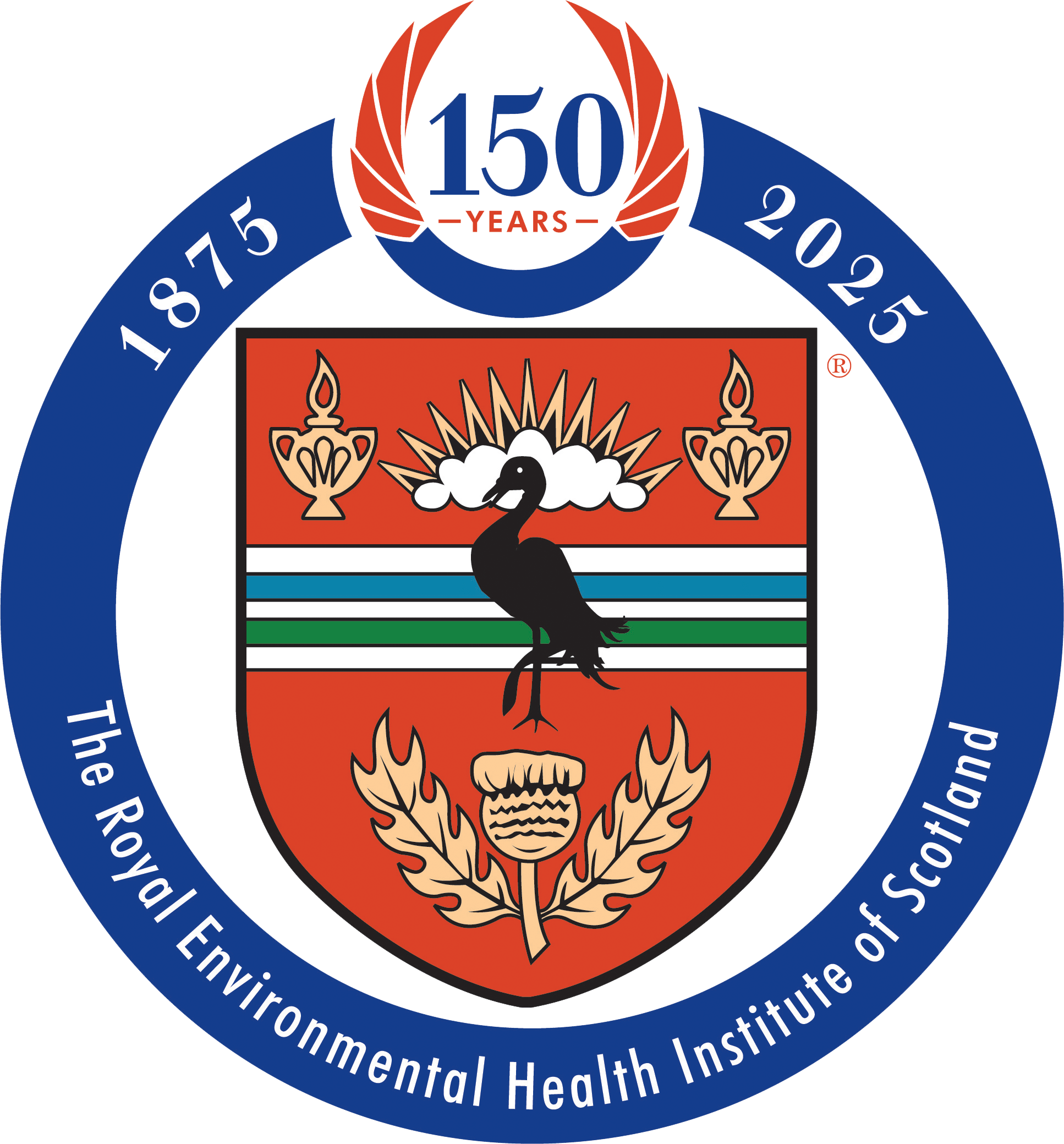Total Greenhouse Gas Emissions in Scotland reduced from 17,370 megatonnes (Mt) in 2015 to 12,372 Mt in 2016, continuing the overall reduction trend that has been seen in Scotland since 2007.
The figures are contained in the annual Scottish Pollutant Release Inventory (SPRI), published online by the Scottish Environment Protection Agency (SEPA). SPRI is an electronic database containing details of all pollutants over the reporting threshold emitted to the environment from sites regulated by SEPA. The tool can be accessed here.
The two largest contributing pollutants in terms of number of sites reporting and emissions are carbon dioxide and methane, the largest one being carbon dioxide, and these drive the overall Greenhouse Gases (GHG) trend. The largest contributor to a 29% decrease in Carbon dioxide emissions from Scottish industrial sites in 2016 was the closure of Longannet Power Station.
The other four GHG pollutants Nitrous Oxide, sulphur hexafluoride, hydrofluorocarbons, perfluorocarbons have far fewer reporting sites, so the annual emissions and overall trend are much more sensitive to changes at individual sites. These can include sites closing or starting, an increase or decrease in production capacity and volumes, operational or monitoring changes, accidental releases, economic factors etc.
The primary objective of SPRI is to make emissions releases and waste transfer information available to the public, while fulfilling European reporting requirements of the European Pollutant Release and Transfer Register Regulation. The information is provided by individual operators and SEPA publishes it online to provide policy makers, academics and the public with information on the type and quantity of pollutants released by operators.
SPRI provides a valuable picture of the amount of pollutants released in Scotland, but it is not a league table and does not display the "best" and "worst" performers across the country. Figures relate to mass emissions and not concentrations, so they cannot be directly linked to health, air or water quality standards. SEPA regulates these releases ensuring they are within health and environmental standards.

